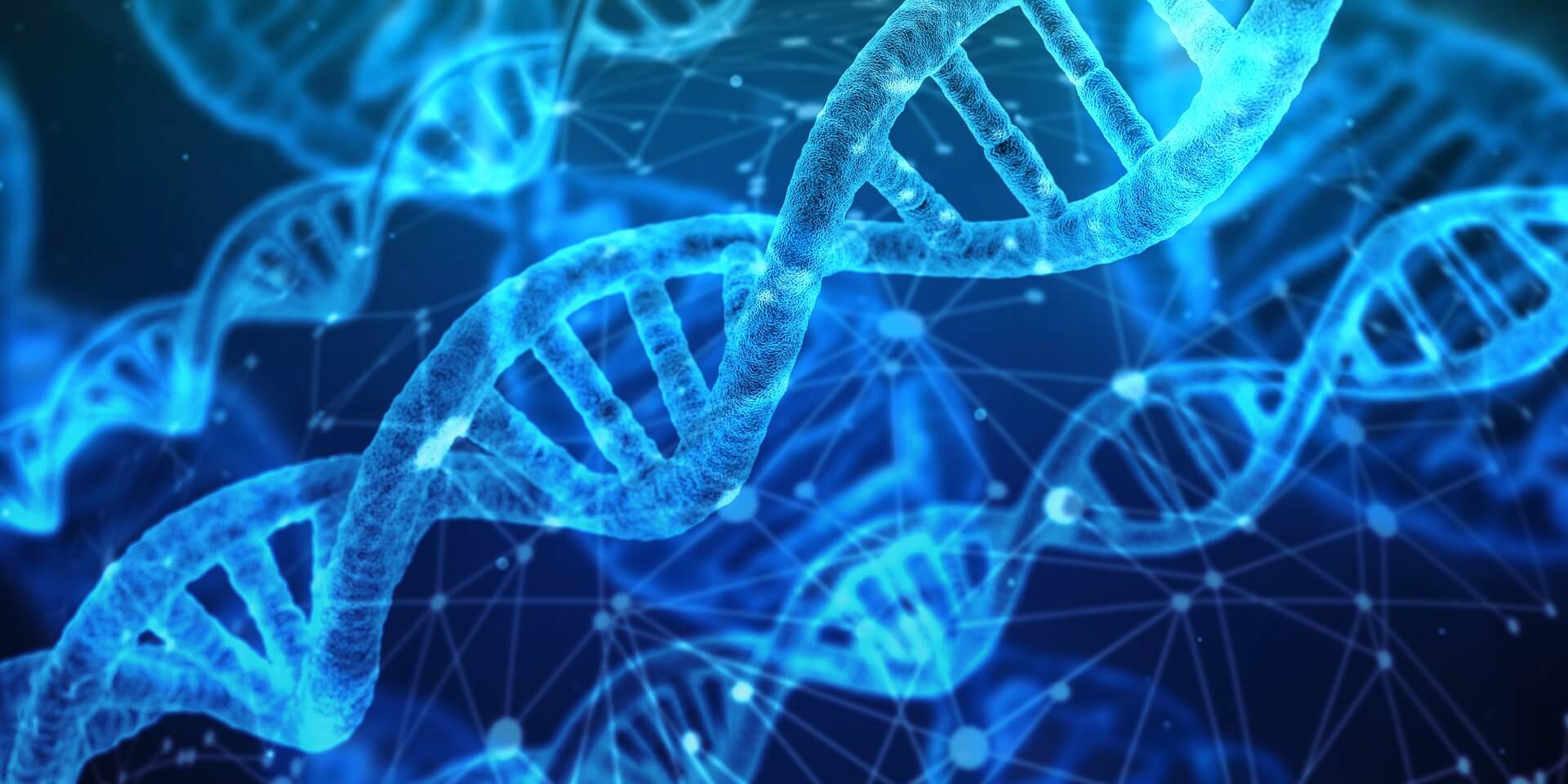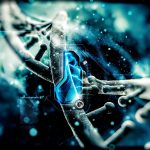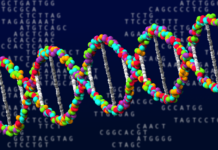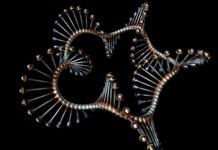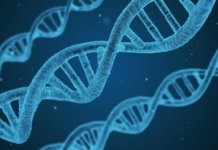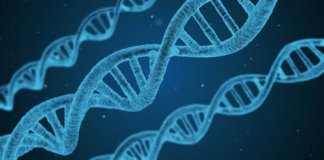Epigenome editing, a new anti-aging technology for longevity
Epigenetics includes all the mechanisms that regulate gene expression, namely DNA methylation, histone modifications and chromatin remodelling. These mechanisms are introduced into the genome by non-coding enzymes and RNAs. With age, epigenetic errors occur, causing many diseases such as cancers[1]. However, epigenetic changes are reversible and it is possible to target their origins to reverse them. Handling these errors makes it possible to understand their role in aging and the development of pathologies, but also to develop new therapies. Recently, the epigenome editing technology, literally meaning “genome editing technology“, has been developed, whose tools target the non-coding enzymes and RNAs responsible for the modifications, thus allowing the epigenome to be manipulated[2].
Epigenome Editing : what is that?
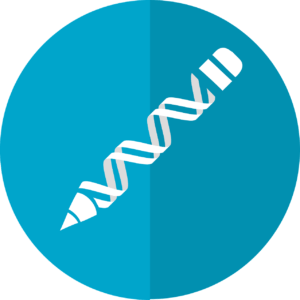
In the term “epigenome editing”, the epigenome refers to the epigenetic state of a cell, while the term “editing” refers to the manipulation of this state to modify the epigenetic marks present. Epigenetic editing is therefore a technology for revising the epigenetic state of the genome[1], thus modifying the expression profile of a cell’s genes. It is currently the only technology that can modulate the epigenome[1].
The tools used to modify epigenetic marks are chimeric proteins, composed of two parts: a DNA binding domain, allowing proteins to associate with DNA, as its name suggests, and a domain comprising an epigenetic factor (enzyme or other) that will modify DNA[1]. The DNA binding domains are of three different types: zinc finger proteins (or ZFP for Zinc Finger Protein), TALE effectors (Transcription Activator-Like Effectors) and the CRISPR-Cas9 system[2]. These chimeric proteins are powerful tools for creating isogenic cells (“clones”) and transgenic animals (which may or may not express a specific gene)[3] making epigenetic publishing a powerful tool for research, biotechnology and medicine.
Revising epigenetic changes which can lead to age-related diseases offers great potential for therapeutic development against these diseases. Epigenetic editing is a technology that is very applicable to anti-aging research[3]. It allows the introduction of epigenetic variations in vitro or in vivo, useful to understand and explain the development of pathologies, the severity of certain symptoms and the role of the environment. This approach complements the knowledge on the development of pathologies that cannot be explained by an approach based solely on the study of the DNA sequence[3]. Epigenome editing can induce an epigenetic mark, but it can also remove it, as is the case, for example, in the study of cancers. Indeed, cancer cells can be induced in vitro by introducing epigenetic errors into the DNA of normal cells, and then these errors can be removed from cancer cells[1].
Epigenome editing: what does it target?
This technology targets molecular effectors that produce epigenetic marks. Action is achieved by inhibiting enzymes that bring or suppress epigenetic changes, or by preventing the binding of non-coding RNAs with their targets. DNA methyltransferases (DNMT) are the enzymes responsible for establishing and maintaining DNA methylation, and one of the main targets of epigenetic editing. DNMT inhibitors are the most advanced in clinical applications of epigenome editing[4]. At the same time, there are currently at least 232 enzymes capable of modulating post-translational changes in histones, and epigenetic therapies based on HDAC (Histone deacetylase: an enzyme that suppresses histone acetylation) are already in the clinical phase of testing[5]. By targeting the enzymes responsible for epigenetic markers, epigenome editing makes it possible to target different types of epigenetic mutations such as loss of function mutations (where a gene is no longer expressed) and function gain mutations (where a gene is too expressed)[6].
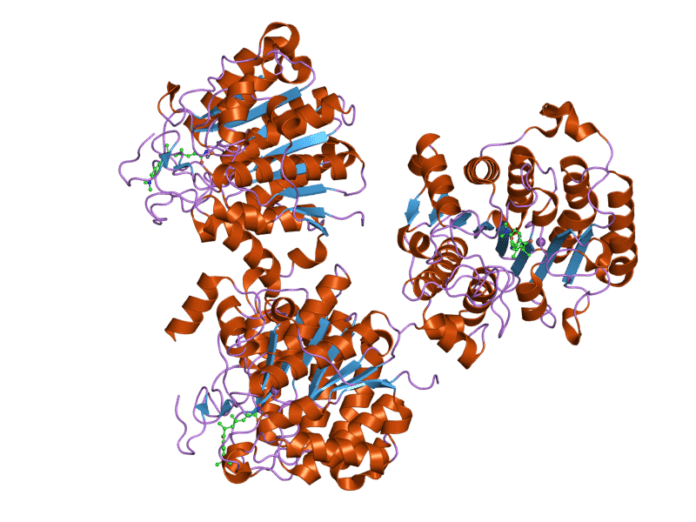
Epigenome editing : epigenetic alterations and epi-medicine
Epigenetic alterations are one of the major causes of aging and many pathologies[7]. This is particularly the case for cancers, whose malignancy often results from epigenetic errors leading to the expression of pro-cancer genes, called oncogenes. Cancer epigenetics is one of the most important research topics in this field and the mechanisms of carcinogenesis are now better understood and controlled. It is now possible to induce or suppress cancer by epigenetic editing in cellular and animal models, with the hope of transferring this to humans in the next few years. An example of these mechanisms is the enzyme G9a, a methylase that will modify a specific histone, and, depending on the methylation state of this histone, will either induce or suppress cancer in an in vitro model[1]. Another example is DNMT3A, a methyltransferase responsible for modifying DNA on a particular gene, called SOX2, and whose absence of expression (no protein production from the gene) will lead to suppression of tumor growth.

Epi-medicine (or epigenetic drugs) rely on these mechanisms, sometimes beneficial, sometimes deleterious, to modify them in the right direction. They are compounds capable of targeting epigenetic enzymes to correct marks on the genome. Interest in these epigenetic modulators is growing, particularly in the treatment of cancers. By 2016, six epi-drugs had received FDA (Food and Drug Administration) approval[8]. In addition, other drugs are in clinical development, including DNA methylation inhibitors and histone deacetylase enzyme (HDAC) inhibitors, overexpression of which is a common feature of human pathologies. Inhibiting HDACs would address some of the characteristics of cancers such as cell proliferation, angiogenesis and cell differentiation[4]. More recently, it is the acetyltransferase histone inhibitors (HATi), the enzymes responsible for post-translational histone acetylation, that have gained interest thanks to promising results on solid tumours. Oncology is not the only field that can benefit from epigenome editing technology: the administration of a non-specific HDAC inhibitor, trichostatin, for example, has reversed neurodevelopmental disturbances in adult rats[9].
Finally, there is a class of compounds capable of preventing the binding of non-coding RNAs to their targets: antagomirs. They are used to inhibit the action of non-coding RNAs in epigenetics. Treatment with the microRNA 181a antagomir following a stroke has been shown to reduce stroke severity, neural deficits, inflammation and provide neuroprotective effects in mice[10]. In addition, the study demonstrated that reducing microRNA 181a before a stroke protects brain cells from ischemic damage in vivo and in vitro[10]. However, epic drugs and antagonists are non-specific compounds that can affect any type of tissue and organ. This characteristic highlights the risks of more or less serious adverse reactions that can be observed with such treatments.
Epigenome editing is an innovative technology whose powerful tools have revolutionized biomedical research. It offers unprecedented opportunities to study the epigenetics of aging and develop therapies against related diseases. Although methodological and conceptual breakthroughs are still needed to apply epigenome editing in routine and clinical settings, a large number of publications have already demonstrated the great potential of this technology.
See all our articles on the epigenetics of aging and longevity
Epigenetic alterations as a cause of aging
Understanding epigenetic alterations that cause your body to age: an overview of the mechanisms involved.
Part 1: Aging and epigenetic alterations
Let’s get into what epigenetics are, and dive into epigenetic alterations and how they affect aging.
Part 2: Epigenetics and non-coding RNA: miRNAs and LncRNAs in the aging process
Not all DNA codes for something – non-coding RNAs such as miRNAs and LcnRNAs also play a role in the aging process.
Part 3: Epigenetic clock, a powerful tool to measure aging
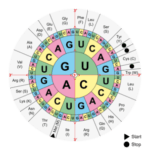 Epigenetics can also be used as a tool to measure aging, by mapping out the modifications that occur with age.
Epigenetics can also be used as a tool to measure aging, by mapping out the modifications that occur with age.
Part 4: Epigenome editing, a new anti-aging technology for longevity
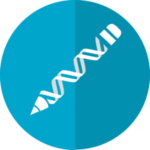 With epigenetics, a new technology has come to light: epigenome editing, made possible by technologies such as the use of CRISPR-Cas9.
With epigenetics, a new technology has come to light: epigenome editing, made possible by technologies such as the use of CRISPR-Cas9.
Références :
[1] Shota Nakade, Takashi Yamamoto, Tetsushi Sakuma, Cancer induction and suppression with transcriptional control and epigenome editing technologies, Journal of Human Genetics (2018) 63:187–194. https://doi.org/10.1038/s10038-017-0377-8
[2] Pratiksha I. Thakore, Joshua B. Black, Isaac B. Hilton and Charles A. Gersbach. Editing the Epigenome: Technologies for Programmable Transcriptional Modulation and Epigenetic Regulation, Nat Methods. 2016 February ; 13(2): 127–137. doi:10.1038/nmeth.3733.
[3] Cia-Hin Lau and Yousin Suh. Genome and Epigenome Editing in Mechanistic Studies of Human Aging and Aging-Related Disease, Gerontology. 2017 ; 63(2): 103–117. doi:10.1159/000452972.
[4] Graça et al. Clinical Epigenetics (2016) 8:98. DOI 10.1186/s13148-016-0264-8
[5] Tim J. Wigle, Promoting Illiteracy in Epigenetics: An Emerging Therapeutic Strategy, Current Chemical Genomics, 2011, 5, (Suppl 1-M1) 48-5.
[6] Sophia Xiao Pfister and Alan Ashworth. Marked for death: targeting epigenetic changes in cancer, Nature Reviews, Drug Discovery, Volume 16 (April 2017), 241-263.
[7] Carlos Lopez-Otin, Maria A. Blasco, Linda Partridge, Manuel Serrano and Guido Kroemer. The Hallmarks of Aging, Cell 153, June 2013, 1194-1217.
[8] Alfonso Dueñas-González, J. Jesús Naveja, José L. Medina-Franco, Introduction of Epigenetic Targets in Drug Discovery and Current Status of Epi-Drugs and Epi-Probes, Epi-Informatics. http://dx.doi.org/10.1016/B978-0-12-802808-7.00001-0
[9] Moshe Szyf. Prospects for the development of epigenetic drugs for CNS conditions, Nature Reviews, Drug Discovery Volume 14 (July 2015), 461-474.
[10] Li-Jun Xu, Yi-Bing Ouyang, Xiaoxing Xiong, Creed M Stary, and Rona G Giffard. Post-stroke treatment with miR-181 antagomir reduces injury and improves long-term behavioral recovery in mice after focal cerebral ischemia. Exp Neurol. 2015 February ; 264: 1–7. doi:10.1016/j.expneurol.2014.11.007.
Anne Fischer

Author
Auteur
Anne is studying medicine science at the Institute of Pharmaceutical and Biological Science in Lyon and she has graduated with a Bachelor’s degree in molecular and cellular biology at the University of Strasbourg.
More about the Long Long Life team
Anne étudie les sciences du médicament à l’Institut des Sciences Pharmaceutiques et Biologiques de Lyon. Elle est titulaire d’une licence en biologie moléculaire et cellulaire de l’Université de Strasbourg.
En savoir plus sur l’équipe de Long Long Life
Dr Guilhem Velvé Casquillas

Author/Reviewer
Auteur/Relecteur
Physics PhD, CEO NBIC Valley, CEO Long Long Life, CEO Elvesys Microfluidic Innovation Center
More about the Long Long Life team
Docteur en physique, CEO NBIC Valley, CEO Long Long Life, CEO Elvesys Microfluidic Innovation Center
En savoir plus sur l’équipe de Long Long Life


